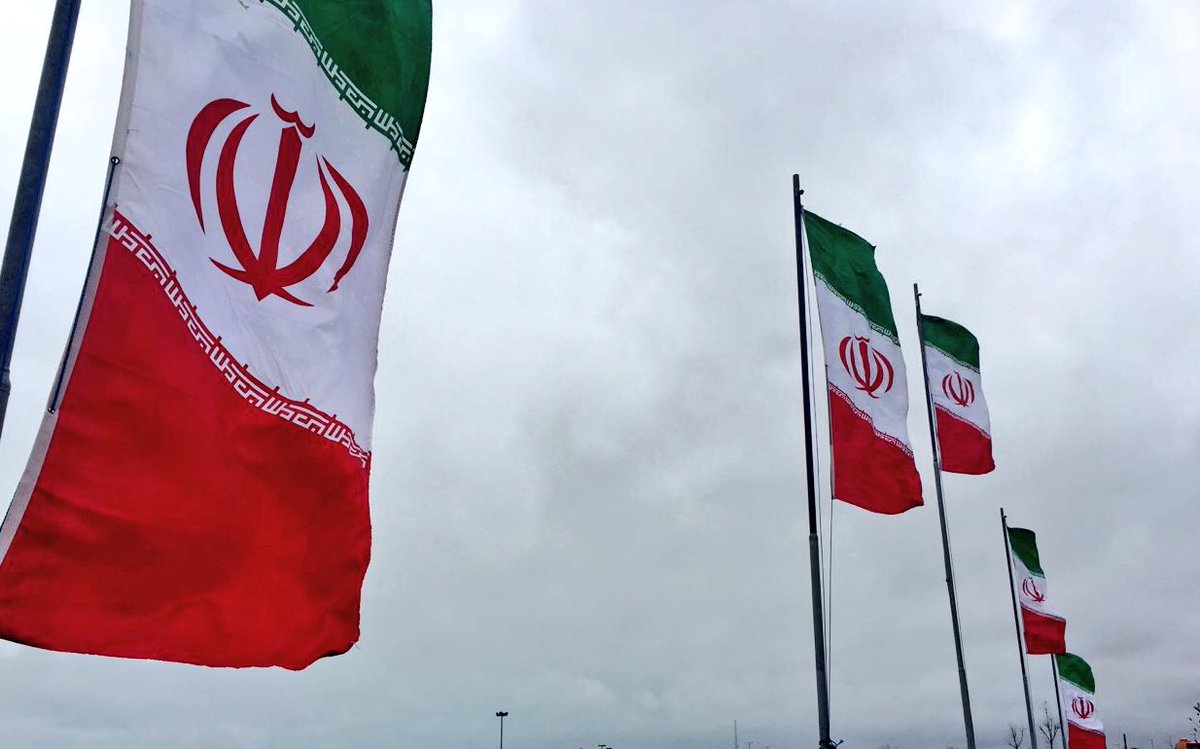Capital Intelligence Ratings (CI Ratings or CI), the international credit rating agency, on Friday announced that it has affirmed Iran’s long-term foreign and local currency sovereign ratings at ‘BB-’ and its short-term foreign and local currency sovereign ratings at ‘B’.
The agency said the outlook for Iran’s ratings has been affirmed at ‘Stable’.
According to the international firm in its press release, the ratings reflect the relatively favorable short- to medium-term economic and fiscal outlook following the lifting of international economic and financial sanctions related to the country’s nuclear program.
As a result, Iran has begun to gradually repatriate previously frozen external financial assets and export more hydrocarbons to a wider range of markets, thereby improving the country’s medium-term economic growth prospects and increasing oil revenues.
"The outlook for the ratings is ‘Stable’. This indicates that Iran’s sovereign ratings are likely to remain unchanged within the next 12 months, provided that key metrics evolve as envisioned in CI’s baseline scenario and no other credit quality concerns arise," CI's report indicates.
However, the ratings remain constrained by the uncertainty surrounding the tense relationship between Iran and the current US administration with regard to the lifted sanctions, as well as by the slow pace of fundamental reforms and high political and geopolitical uncertainties.
The report makes note of the fact that Iranian economy is expected to continue its recovery in the fiscal year ending March 2018, underpinned by the growth of the hydrocarbon sector, a small rebound in other key sectors that receive financial support from the government (such as petrochemical and construction sectors), and a pickup in domestic demand.
Real output is estimated to increase by 3.8% in the fiscal year that ends in March 2018, up from an estimated 3.5% in FYE 2017. The outlook remains broadly favorable in the short- to medium-term with real GDP expected to grow by an average of 4% in FYE 2019-20.
In March 2017, the Iranian Parliament approved the Sixth Five-Year National Development Plan, which sets out the economic targets to be achieved over the next five years.
The plan focuses on attracting investment and introducing full legal, banking and economic reforms to reduce fundamental weaknesses. In CI Ratings’ view, the plan could boost the medium-term outlook, if reforms are implemented as planned and targets are met.
Forex Rates, Inflation
Despite the recent volatility in the exchange rate associated with the uncertainty surrounding the US commitment to the nuclear deal, the gap between the official exchange rate and the market rate has fallen further to around 17% as of June 2017, compared to a record high of 114% two years ago.
Inflation has also declined, standing at 10% in FYE 2017, compared to a record high of 34.7% in FYE 2013, and is expected to stabilize at around 9% in FYE 2019-20.
Notwithstanding the positive macroeconomic developments, political and geopolitical uncertainties continue to hamper a speedier recovery. However, CI’s view is that a possible US withdrawal from the nuclear agreement is not likely to affect the continuity of the nuclear agreement with European counterparts.
Moreover, the impact on the Iranian economy is expected to be contained and limited mostly to capital inflows, given the fact that Iran manages its foreign transactions in euro and relies on Asian markets for its trade.
Fiscal Health
On the fiscal front, public finances are expected to remain satisfactory. The structure of the budget is expected to continue improving due to policy reforms and efforts to broaden the tax base.
The primary government budget position is expected to return to surplus in FYE 2019, depending on the implementation of planned fiscal consolidation measures and premised upon an increase in OPEC oil prices to an average of $60 per barrel.
Iran’s public debt remains low and official foreign assets remain sizable, estimated by the International Monetary Fund to be equivalent to around 22 months of imports of goods and services, and around 16 times as high as external debt payments falling in FYE 2018 (although there is still some ambiguity regarding the liquidity and usability of these assets).
The banking system remains undercapitalized and poses substantial contingent liabilities. Asset quality, capital adequacy, liquidity and profitability have been adversely affected by the sanctions and rigid government credit policies. Outstanding government payments (arrears) are a challenge for corporations and banks.
Iran’s sovereign ratings remain constrained by the heavy reliance on oil and by fundamental weaknesses in the economy, which have been aggravated by the long period of economic sanctions. It will take time and ongoing commitment to implement important structural reforms.
The ratings are also constrained by continued government expenditure rigidity, as well as the weak financial system, institutional shortcomings (including limited disclosure of data) and complex internal politics.


